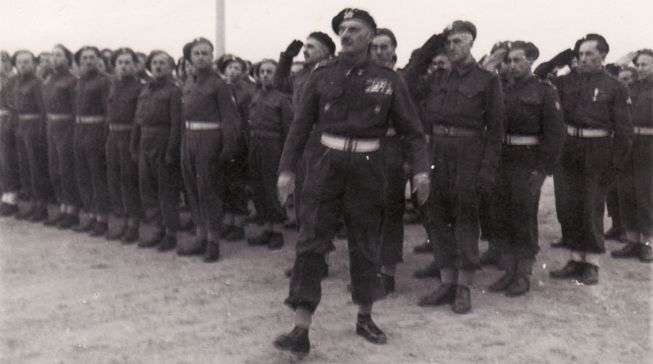
General Anders [C] and his troops: photo - wikipedia
The liberation was commanded by General Wladyslaw Anders, with the nucleus of his force made up of former Polish prisoners of war released by Stalin following a Russian amnesty in 1941.
Anders' Second Polish Corps was a formation that was part of the British 8th Army.
Some 388 Polish soldiers died in the Battle of Ancona, and 1636 were wounded. Meanwhile, 800 German troops fell, and a further 3000 were captured.
The general's daughter, Anna Maria Costa, is among those taking part in this week's commemorations.
Krakow professor Wojciech Narebski, who took part in the Italian campaign, told the Polish Press Agency that Anders showed “exceptional skill” in the Adriatic.
“The Allies gave him complete freedom of action in the Adriatic, and Anders used it perfectly,” he reflected.
Andrzej Kunert, head of Poland's state-backed Council for the Protection of Struggle and Martyrdom Sites, stressed Anders' efforts to conduct the battle without damaging the historic city.
“In the case of Ancona, an unprecedented event occurred,” he said, noting that Anders managed to take the city “without a single artillery shot being fired.”
The Allies urgently needed a port in the Adriatic, so as to shorten the lines of communication with the region.
All in all, over 2000 Polish soldiers were killed in action during the Italian campaign, and over 8000 were wounded. Several hundred were declared missing in action.
The heaviest losses were at the Battle of Monte Cassino.
The vast majority of Anders' men did not return to Poland after the war, as a communist government, backed by Stalin, was installed in Warsaw. (nh)